This is a continuation of the Loxia review that starts here.
I took a walk this morning with my new lens on the a7RII.
Here’s a distortion test, first with Lightroom’s lens corrections turned off:
There’s just a little mustache distortion.
With lens correction on:
The distortion pretty much goes away.
Here’s an image with the lens stopped all the way down to f/22. I was trying for sun stars:
Not a good lens for sun stars.
Then I opened it up all the way to try to get some flare and ghosting:
That’s pretty darned impressive.
How does it draw in general? A lot like the Zeiss 21/2.8 Distagon ZF.2, and that’s a compliment.
Here’s a 300% look at the upper right corner with no lens corrections:
And with lens corrections on, but CA removal off:
It looks like Lr is correcting for corner falloff, and not much else (except distortion, as we saw above). The LaCA is minimal.
I like this lens a lot.
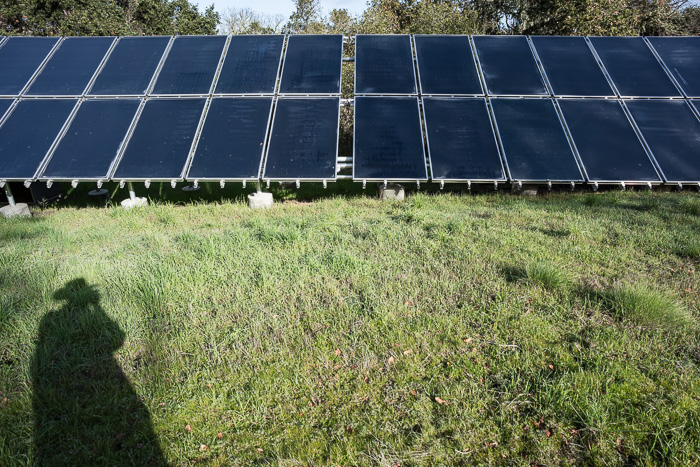
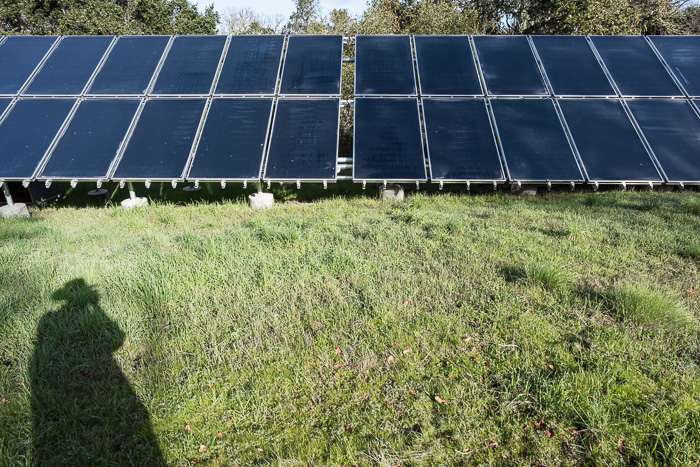
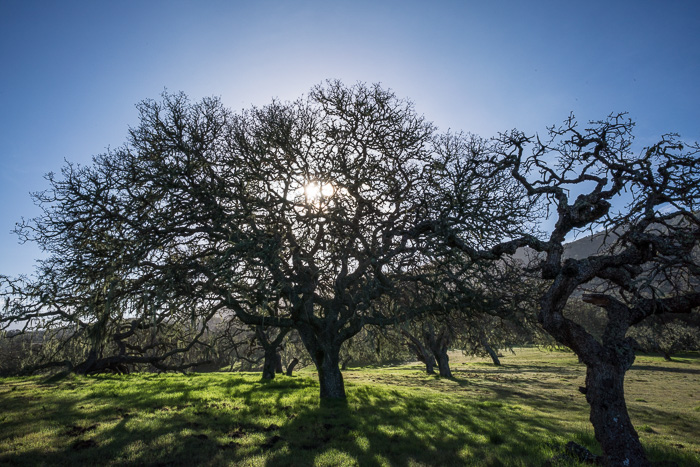
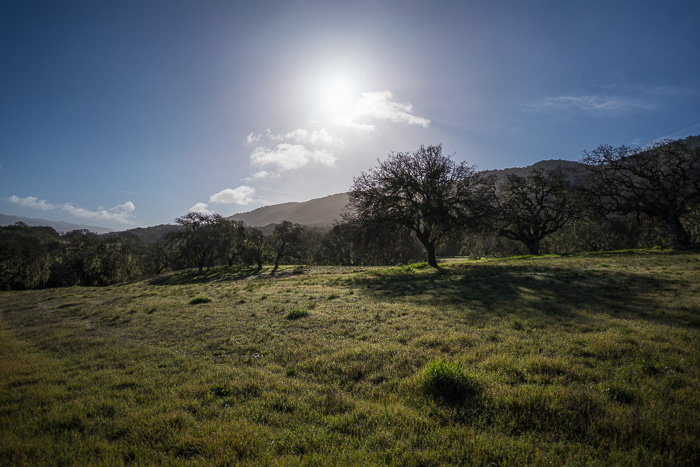
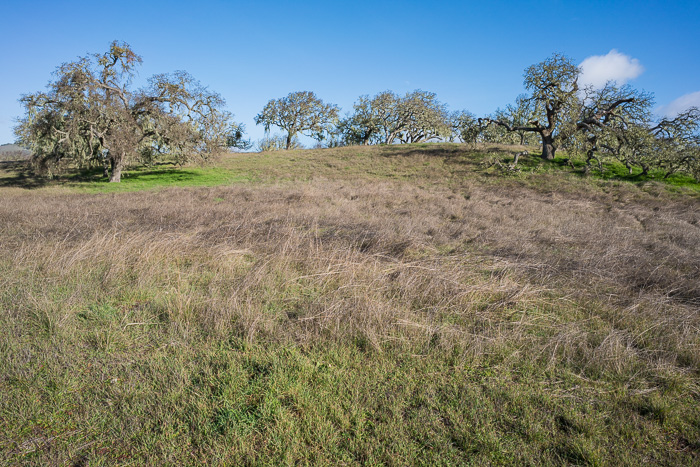
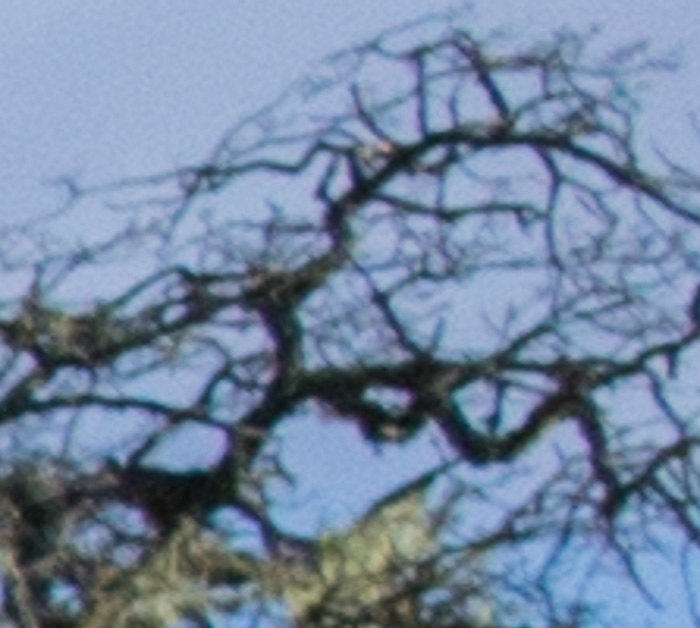
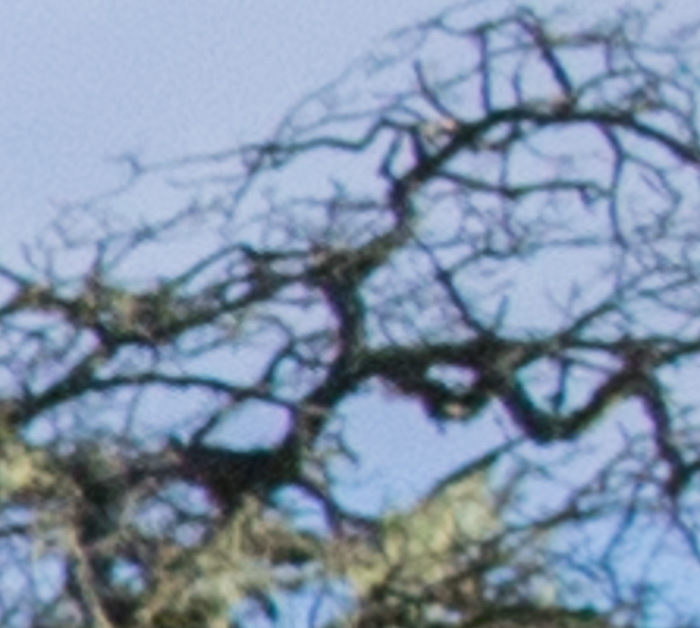
You must have done something very wrong with your sun star shot – maybe you included too much sun. The fabulous sun stars are the icing on the cake with this remarkable lens. They work great for street lights etc at night too.